It’s clear that one simply can’t know everything there is to know about, but that never stopped a curious mind from learning. Luckily, in the age of the internet, it has never been easier; with just a few clicks you can reach information about anything and everything that interests you.
You can also start a discussion with fellow netizens in a matter of a couple of clicks, too, and that’s exactly what the redditor u/Jdavies44 did. They were curious to learn about interesting facts few people knew about so they asked fellow redditors to share them, and they discussed some rather fascinating things. If you’re curious to read about them, too, wait no longer and scroll down to find their answers on the list below.

#1

Image credits: endless-reproachment
#2
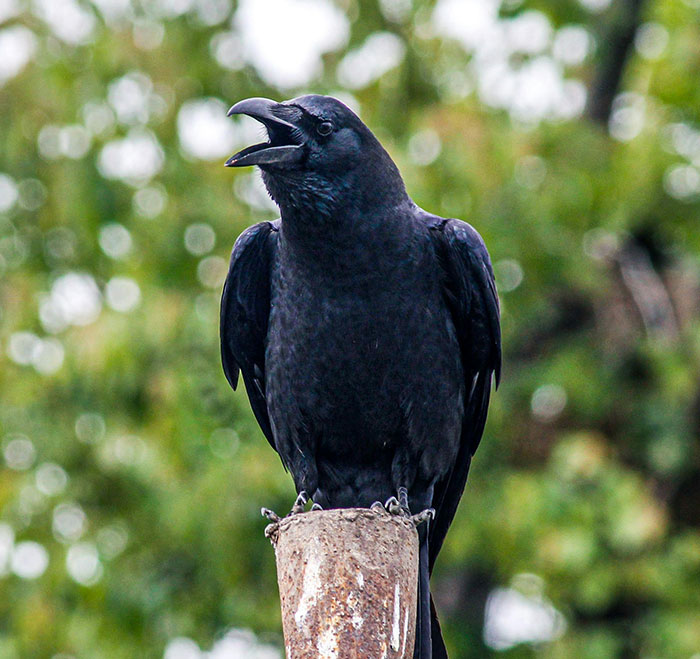
Image credits: Kaelri
#3

Image credits: Mariposa510
Seeking to delve deeper into how curiosity correlates with learning, Bored Panda got in touch with Dr. Diane Hamilton, who pointed out that such a link is found not only in humans.
“Curiosity, a fundamental aspect of learning and knowledge, is not exclusive to humans,” she said in a recent interview. “The Max Planck Institute introduced the term ‘curiosity gene’ based on researching a songbird. Imagine a bird that lacks curiosity. It may fly around a bush, searching for berries, but if it doesn't venture to explore other bushes, it will perish once the berries are depleted. Curiosity not only facilitates learning and knowledge, but also triggers a sense of reward in our brains, thanks to the release of dopamine.”
#4
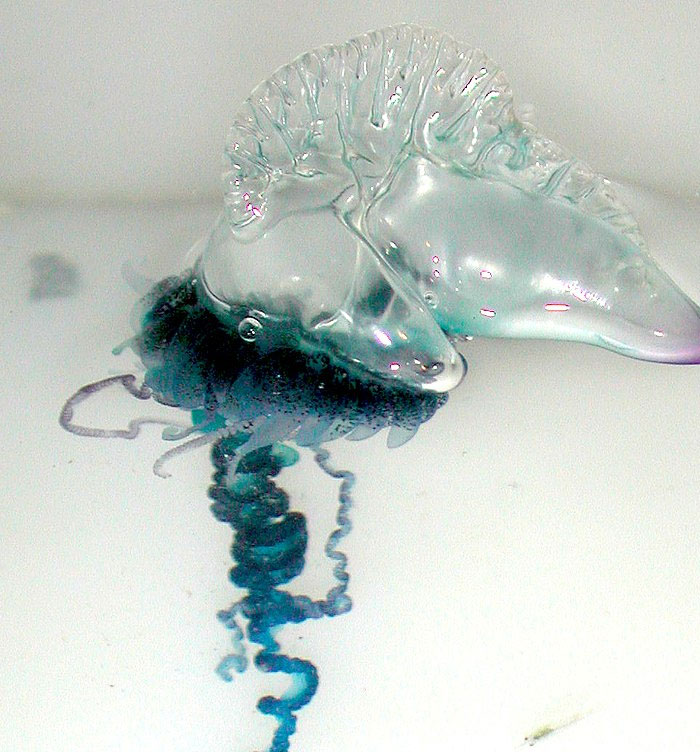
Image credits: Sir-Viette
#5

Image credits: Whiskey_Warchild
The author of Cracking the Curiosity Code noted that we’re not equally curious throughout our entire lives. “We are born with high levels of curiosity that peak around five and then diminish dramatically as we grow older,” she told Bored Panda.
“That same peak and drop happens to creativity as well. In his incredible TED talk about whether schools kill creativity, Sir Ken Robinson acknowledged that we have created an educational system that educates people out of their competencies. To fulfill 19th-century industrial job requirements, we created a hierarchy in education where math and science were at the top, and creative thinking was at the bottom. As education rewarded top-tiered skills like math and science more often, the system became about creating more academics, which in turn undervalued undergraduate degrees. This then caused more and more top-tiered skilled degrees to be made. Not surprisingly, such a system has harmed curiosity and creativity, which are fundamental for innovation.”
#6
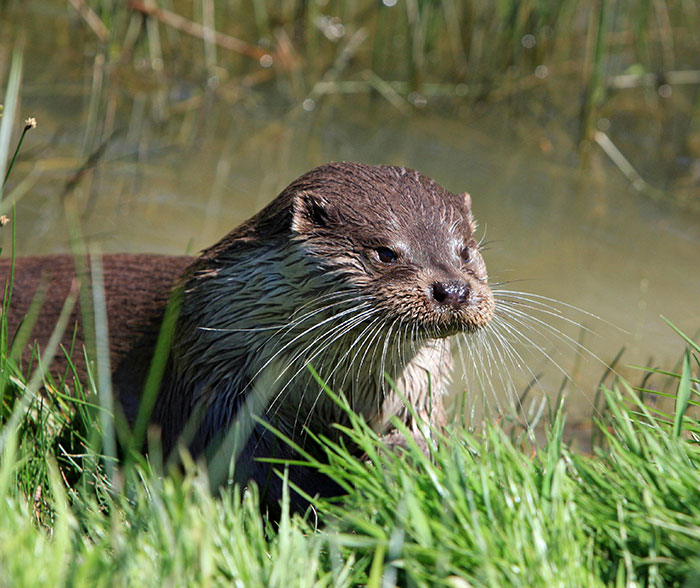
Image credits: samwisethescaffolder
#7
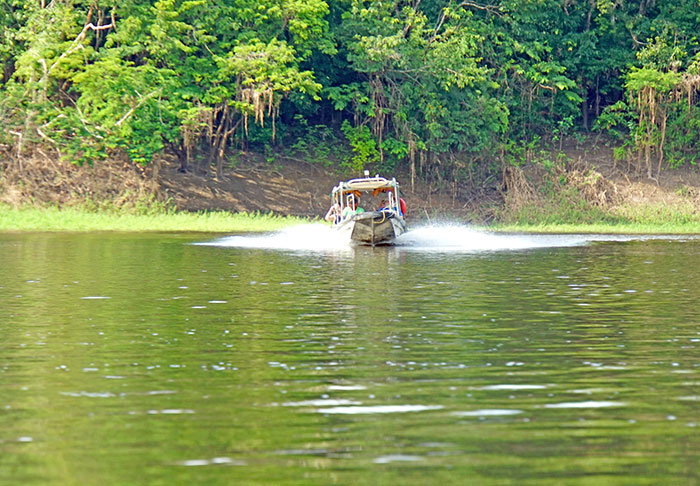
Image credits: rredline
#8

Image credits: mysticdragonwolf89
“To better understand this impact, look at its effect on children,” Dr. Hamilton continued. “As part of his work with NASA, Professor George Land created an assessment to test for creativity and studied children to view how their levels changed. He found that 98% of children were creative geniuses at age five. By age ten, that number fell to 30%. By age 15, that figure dropped to 12%; by age 31, only 2% were creative geniuses.
“Curiosity is important throughout all stages of our existence. Unfortunately, when our levels drop in adulthood, that can limit us and lead us into jobs we don't love or choices that feel safe rather than rewarding.”
#9

Image credits: Tinmania
#10

Image credits: capricabuffy
#11

Image credits: Top_Manufacturer8946
“Reading about interesting things is great for our curiosity,” the expert said, discussing how browsing random fascinating facts like the ones on this list can affect one’s curiosity. “Sometimes, we don't know what we don't know, and reading a fun fact can spark the desire to dig deeper. It makes us want to learn more.”
#12

Image credits: green49285
#13

Image credits: kimtenisqueen
#14
Modern postural yoga-- the type and style predominantly practiced in Western countries-- is about 100 years old. It was invented in India by Indians and is derived mostly from British calisthenics and Swedish gymnastics. It was *specifically marketed to affluent westerners by Indians* as a superior form of spiritual and physical exercise. It's working as designed for its target market.
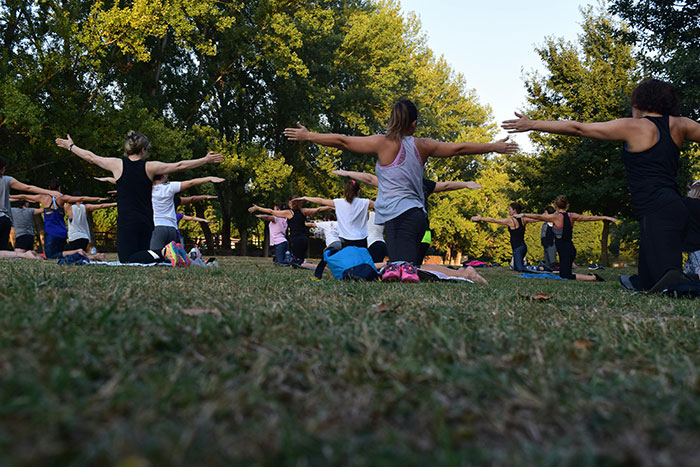
Image credits: CunningRunt
According to Dr. Hamilton, curiosity is the spark to all that organizations want to achieve regarding innovation, engagement, and everything that makes people productive. “When we learn, we find out where we are the best fit in our jobs, and that aligns us with better careers.
“The real trick is determining what inhibits our curiosity,” she said, suggesting that the Curiosity Code Index assessment is a great way to do that. “Like DiSC or other personality tests, it only takes around 10 minutes to find out the things that have held us back from learning and exploring. More importantly, it offers insights into overcoming those factors that have stopped us from developing our curiosity.”
#15

Image credits: SonoranRoadRunner
#16

Image credits: TheNinjaDC
#17
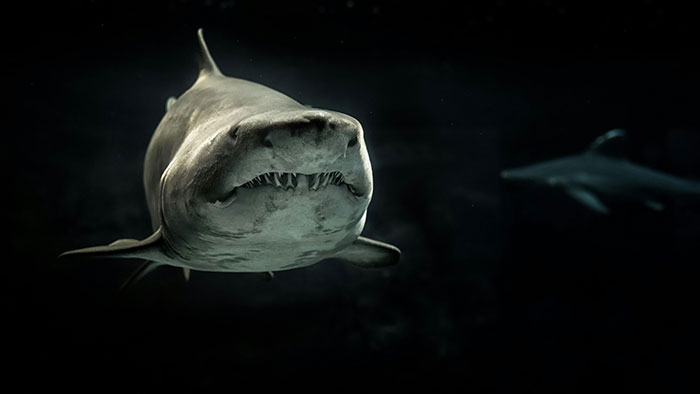
Image credits: LowReputation
#18
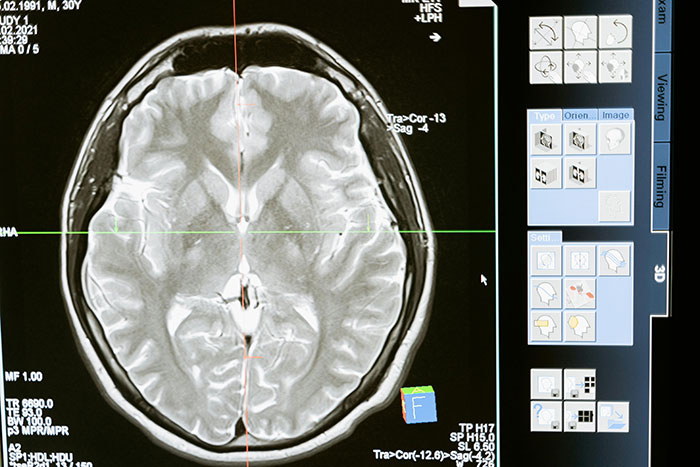
Image credits: Lvivalentine
#19

Image credits: anon
#20

Image credits: WeThePeeps2020
#21
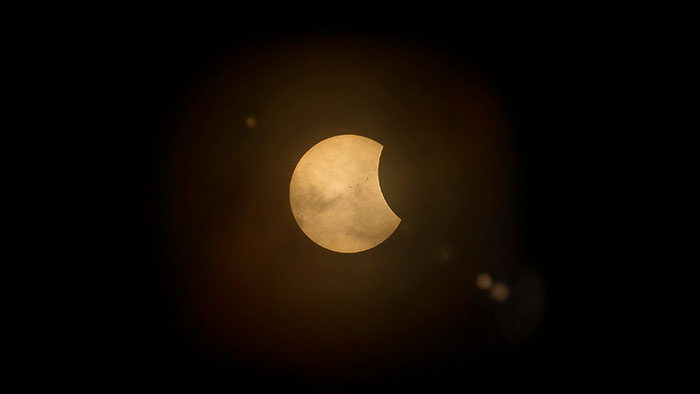
Image credits: Lemesplain
#22

Image credits: mordeera
#23

Image credits: chameleon28
#24

Image credits: 6033624
#25

Image credits: THElaytox
#26

Image credits: ChristmasTreeBarn
#27

Image credits: TBBT-Joel
#28
Most of the time, the closest planet to Earth is Mercury. Actually, most of the time Mercury is the closest planet to all of the other planets, too. Even Pluto.
If you don't believe it, try a quick experiment. Take four cookies (or other small objects) and line them up on a table in front of you, perpendicular to your body. The closest cookie represents Earth. The next cookie is Venus, then Mercury, then the farthest cookie is the Sun. Obviously, Venus is closest to Earth in this configuration.
Now move Venus and Mercury in their "orbits" 90 degrees to the right (or left, it doesn't matter) of the Sun. Measure the distance from Earth to Mercury and Venus. Mercury is now closest to Earth.
Move Venus and Mercury another 90 degrees and Mercury is obviously closer, even without measuring, but measure it if you want to.
Move Venus and Mercury another 90 degrees and you'll have the mirror image of the first 90 degrees configuration. Measure it if you want to. Mercury is still closest to Earth.
You have to move Venus and Mercury closer to the Earth before you get to a point where they are the same distance from Earth. It works like this for all the planets.
Venus and Mercury and don't revolve together like this in real life. They revolve at different speeds. But over thousands or millions of years, it all averages out.
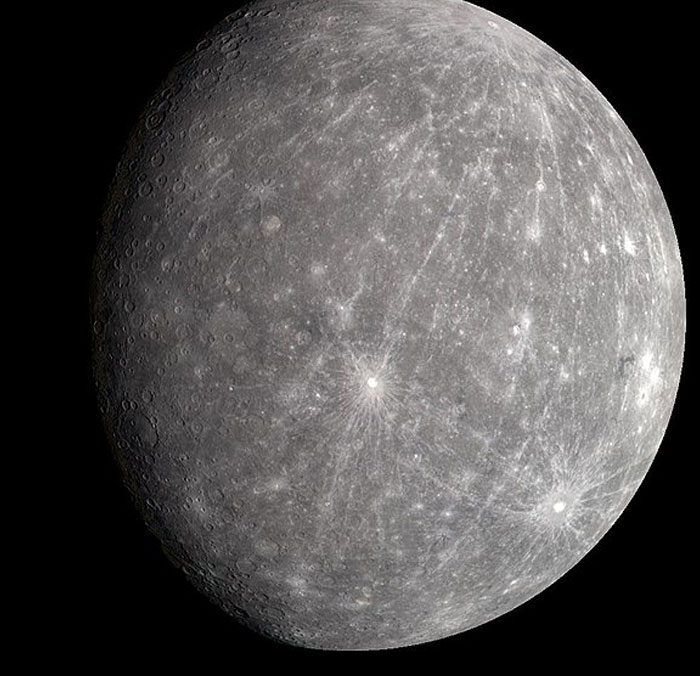
Image credits: im_the_real_dad
#29

Image credits: DuckFlat
#30

Image credits: slightofhand1







